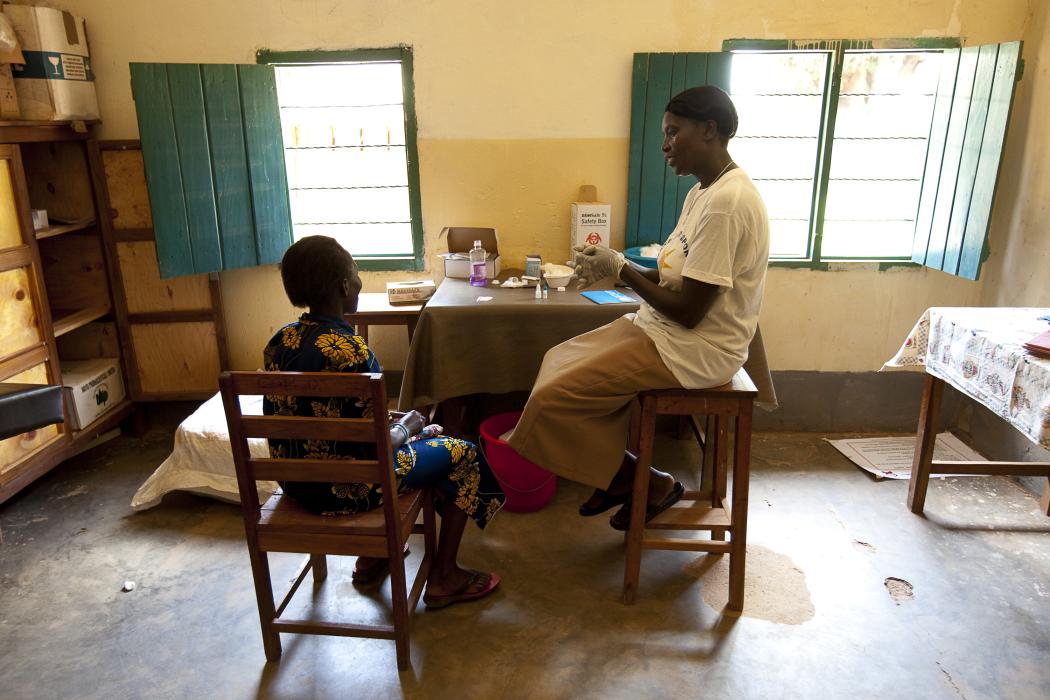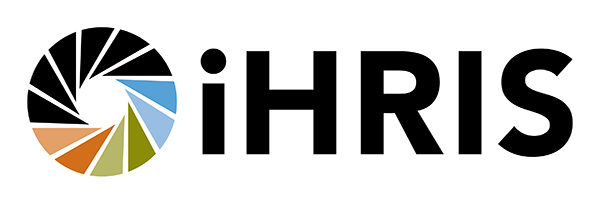For Stronger HIV Services in South Sudan, This Team Looks to the Data

What does it take to keep HIV services available despite limited resources, political unrest and violence, and a pandemic?
For Alfred Okiria, IntraHealth International’s project director for the Strengthening National Capacity for Integrated HIV/AIDS Health Data Collection, Use, and Dissemination in Support of an Evidence-based Response in South Sudan project, and his team in South Sudan, the answer is data.
Okiria and his team have been supporting the use of strategic information to improve health services in South Sudan for over a decade, moving from email-based information sharing to a scaled-up, more efficient, and stronger data infrastructure for HIV services, local health facilities, and national COVID-19 response through District Health Information Software 2 (DHIS2), an open-source web-based health management information system.
We sat down with Okiria to find out how they’ve achieved their results and what he sees ahead for the future of HIV services in the country.
1. What are the biggest challenges in making HIV services available in South Sudan?
Data reporting is affected because of the insecurity and internal conflicts. Take Tambura, for example. It’s a high-volume site for HIV services but it has faced insecurity since this summer. The hospital has been closed. Equipment has been lost. Service gets interrupted and most of the population are in camps for internally displaced people. In some areas of the Lakes state facilities had to be closed for about three months due to intertribal clashes.
We’re trying to make sure clients can access services in such unstable regions.
There are regions which are prone to flooding especially Jonglei and Upper Nile states, so when it’s the rainy season some places are cut off completely. Road infrastructure is already poor and there are quite a lot of challenges to move from one point to the other, which affect services, supply deliveries, and data collection. So we’re trying to make sure clients can access services in such unstable regions.
We also have human resources and health infrastructure challenges. There are limited human resources for health in terms of the right number of health workers, their level of skill, where they’re placed, and their level of motivation to support services. This is coupled with limited health care facility infrastructure, especially buildings and space.
As we all know, the pandemic has been a real challenge. The measures that were put in place to stop the spread of COVID-19 included travel restrictions and partial lockdowns, which also affected services. So we’ve been helping the ministry set up DHIS2 for pandemic response, which allows us to capture more data in a streamlined way. And as we speak, we are supporting the DHIS2 COVID-19 surveillance tracker, which will capture data and support the response. We’re also working with the Ministry of Health on a DHIS2 COVID-19 vaccination tracker and with the CDC to set up vaccination sites.
At the end of the day, even though it’s challenging, this data collection and monitoring connects clients to the services they need to be healthy.
2. How has the country’s response to HIV changed over the years?
South Sudan is collecting and using more data about HIV services and clients’ needs than ever before—and using more strategic information to connect people to care.
IntraHealth, has been working in South Sudan since 2006—back before it was an independent country. The Ministry of Health started with six health facilities, working with the World Health Organization (WHO) to provide HIV care and treatment. There were a lot of challenges. There was a lot of stigma and discrimination around HIV in the country, so it was a very difficult start. IntraHealth worked with the South Sudan People's Defense Forces (formerly the Sudan People's Liberation Army) to help them set up and coordinate HIV services.
Then we worked with the US President’s Emergency Plan for AIDS Response (PEPFAR) and The Global Fund to slowly scale up, using the data we had to focus on regions where HIV prevalence was high, such as Greater Equatoria. Until 2015, we provided technical assistance to facilities for service delivery, but we had to change to direct service delivery to support sites and help improve the quality of HIV services they offered.
By 2020, PEPFAR was supporting 84 sites up from 48 through different implementing partners —including scaled up services in the Lakes and Western Bahr regions.
In terms of data collection, we had to make sure HIV programs could capture the right data for programming and do so efficiently.
